Sunday, December 17, 2017
Note: For some inexplicable reason that I cannot fully account for (other than end of the semester exhaustion), an earlier version of this post entitled itself as “Lady Day” instead “Lady Bird.” Perhaps it reflected an aversion to the name chosen by the lead character. I have to confess that the entire time I was watching the film I kept asking myself why a young woman would choose a name that evokes a presidency mired in one of the saddest chapters in U.S. history. Claudia Alta “Lady Bird” Johnson (1912-2007) stood by and watched her husband and his political cronies empower Pentagon bureaucrats to go forth and drop more tonnage of bombs on Vietnam than were dropped in Europe in World War II. Ironically, in terms of the film, when “Lady Bird” visits the grandmother of another character, she sees a poster of Ronald Reagan in the old woman’s home, and says, “You’re kidding?” I feel the same way about the protagonist’s name.
A.J. Urquidi, the fine young poet who wrote to point out my gaffe, responded to the above comment with the following observation: “I sensed a political dread underpinning quite a few scenes. Ultimately, the film’s protagonist wants to be called Lady Bird as she fetishizes objects and concepts that sound “cool” even though she doesn’t know their true meaning or history. Since she begins every interaction/moral lesson in a state of ignorance/complicity, maybe her abandonment of the “Lady Bird” moniker by the time she starts her new adult life symbolizes the fulfillment of emotional maturity needed to move beyond the connotations of First Lady Johnson’s bad name (much like the maturity reached by the protagonist of Winesburg).”
And now for the main event:
The Art Theater on Fourth Street in Long Beach is a throwback to the days before the television industry and its successors caused the average cinema outlet to shrink to the size of the average vintage clothing store. I’m not sure how the place manages to stay open, other than its owners enjoy having an expensive hobby. Quite frequently, there are less than a half-dozen people at a screening, which makes it slightly awkward when something is laugh out loud funny and you end up hearing your amusement going for a roller coaster ride in hundreds of unmuffled cubic feet.
Lady Bird certainly has its funny moments, and enough poignancy to make it appeal to those who vote for the culture industry’s annual awards. No one, though, on the critical side seems to have noticed one of the most obvious debts the story owes: Sherwood Anderson’s one-hit wonder, Winesburg, Ohio. I teach the book as frequently as I can at CSU Long Beach, especially since it is no longer required reading in high school. The switch from a male protagonist in Winesburg to a female protagonist in Lady Bird is matched by a parallel switch in the parental figures: in Winesburg, the father is strong and the mother is weak. In Lady Bird, the mother upbraids the daughter relentlessly; the father is the one who wants his offspring to escape.
The desire to leave a “small” town is an old device for a bildungsroman. In fact, one wants to hand the heroine of Lady Bird a copy of Lucian’s autobiographical sketch, “My Dream,” in which he portrays himself as a youngster who regards the pragmatic approach of parental guidance as dead-end futility. Attuned to such a classic impulse as the desire to want more than others believe you are capable of, the lead actress does a fine job of oscillating between her revulsion at other’s self-imposed limits and a slightly incredulous naivete in terms of romance. It’s a layered role, since it involves more than a touch of the picaresque. As one critic observed, the picaro all too often succumbs to the temptation to lie, and “Lady Bird” as a young woman learns its consequences. Finally, I would note that one slight problem with the film is that the actress seems too old for her role, although her adamant commitment to her part overcomes that disparity.
It is harder for the setting to make up for its supposed deficiency. Sacramento, in 2002, hardly seems like “the sticks.” Granted, it undoubtedly has its class divisions. “Lady Bird,” as the heroine calls herself (in the manner that a very young girl bestows the name of “Tandy” on herself in Winesburg), chafes under the humiliations of coming from “the wrong side of the tracks.” But is coming from the wrong side of the tracks in Sacramento really as much a disadvantage as coming from a similar standing in Bakersfield or Hanford, California? Or Imperial Beach, in 1965?
I can empathize with “Lady Bird,” though she seemed not to be aware of how lucky she was to have a counselor at school to talk to about going to college. Maybe the counselor was condescending, but at least someone thought she was capable of going to college. No one said a word to me about applying to a college when I was in high school. When I got my high school diploma, my name was not on the list of graduates who had received a scholarship to go to college. I had not applied for one. No one at my high school thought that I merited such assistance. If I had to describe myself as someone in Lady Birdy, I was much closer to “Lady Bird”‘s overweight sidekick, who of course is not invited to the prom.
Instead of a community college, though, I ended up at a small Catholic college in Moraga, California. How I ended up going to St. Mary’s College for a year and a half is one of those inexplicable somersaults in a life for which fate and free will alone cannot account. In retrospect, both “Lady Bird” and I had a prophet at work in a writer whose masterpiece deserves far more attention than it gets these days.
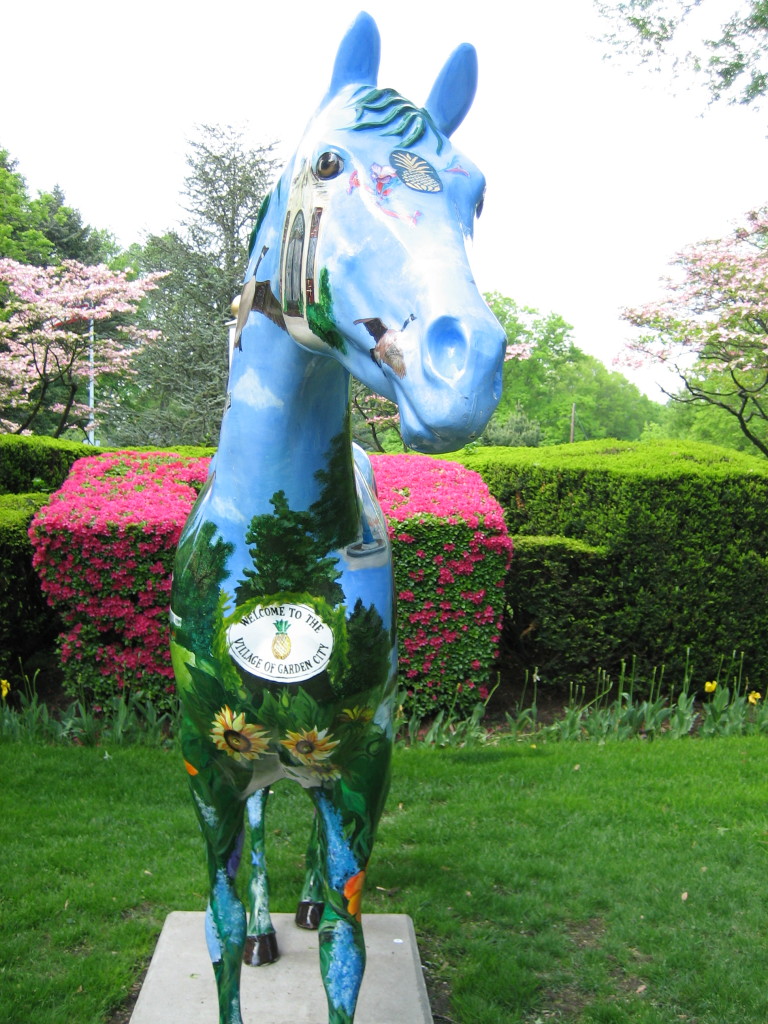
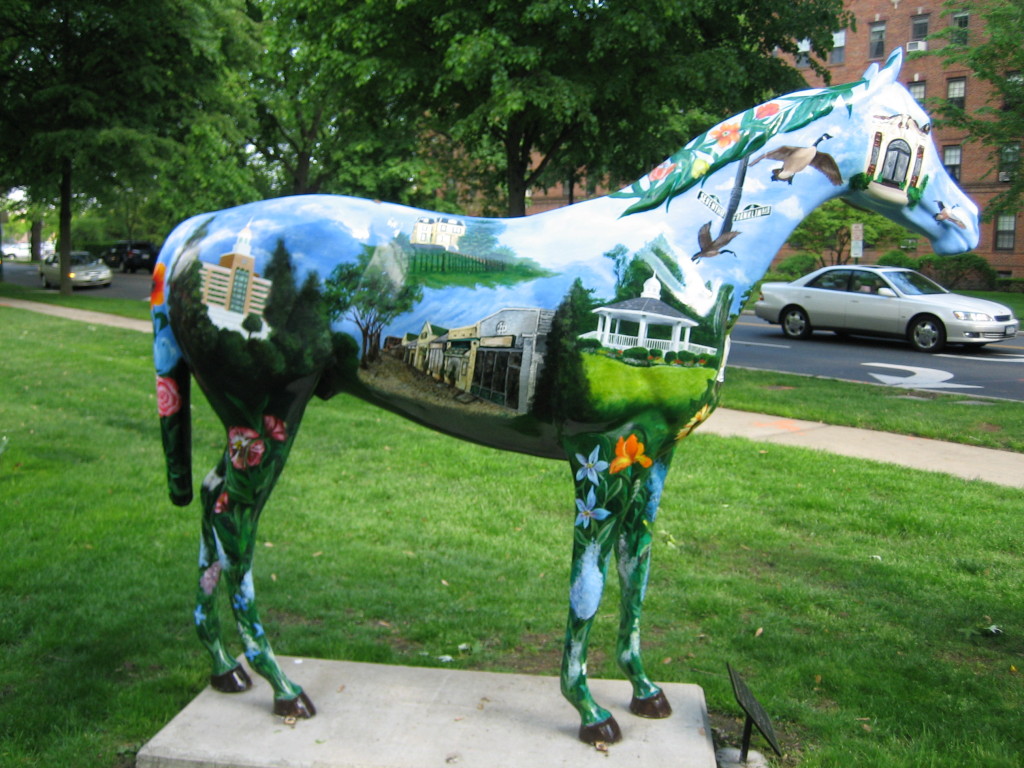
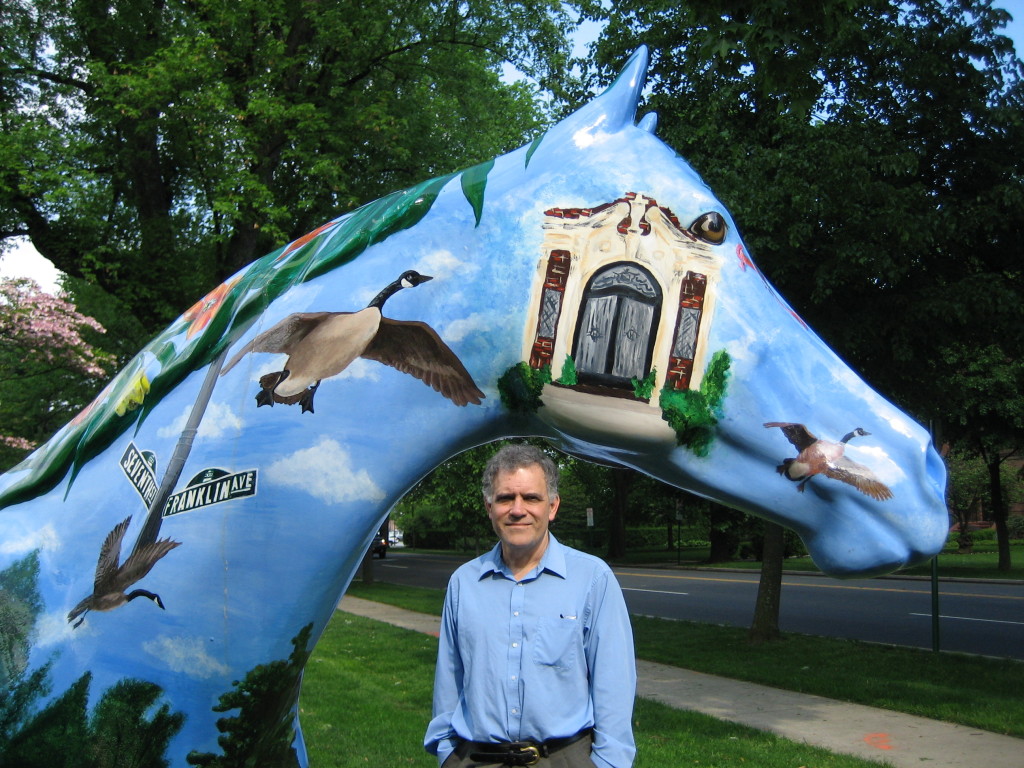
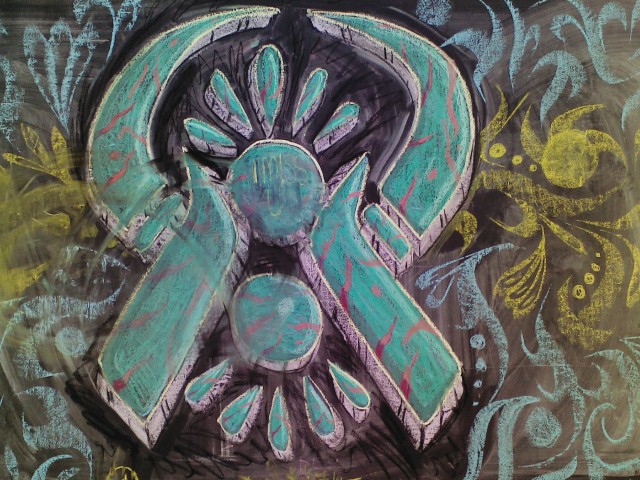
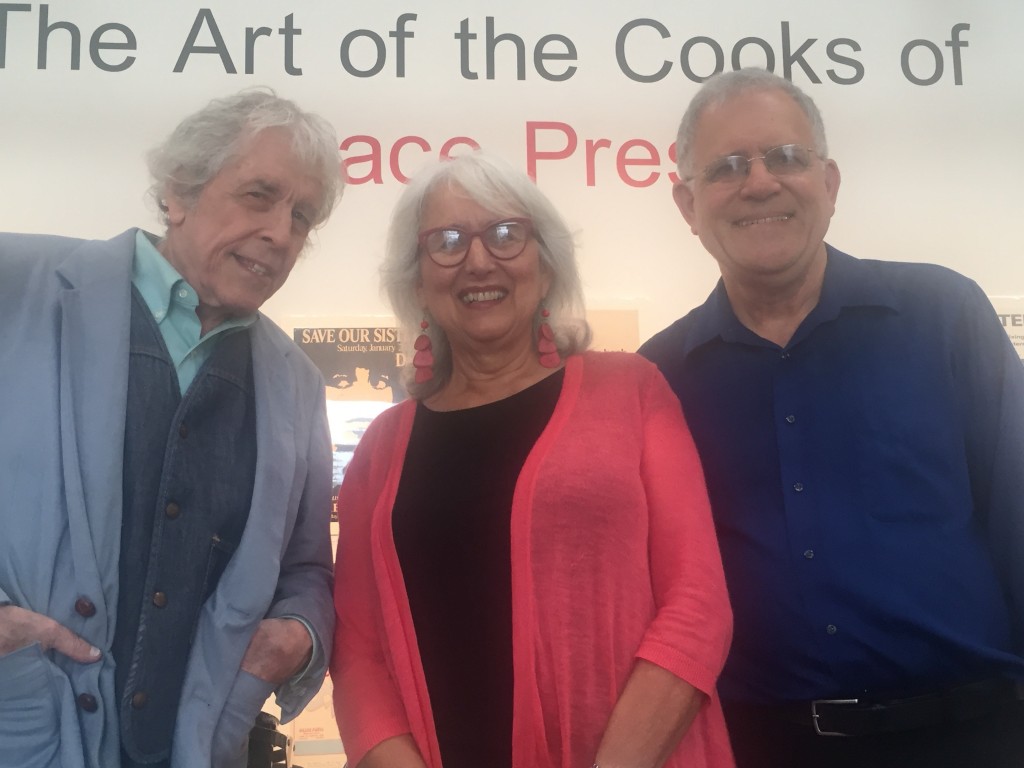
 About Bill Mohr
About Bill Mohr